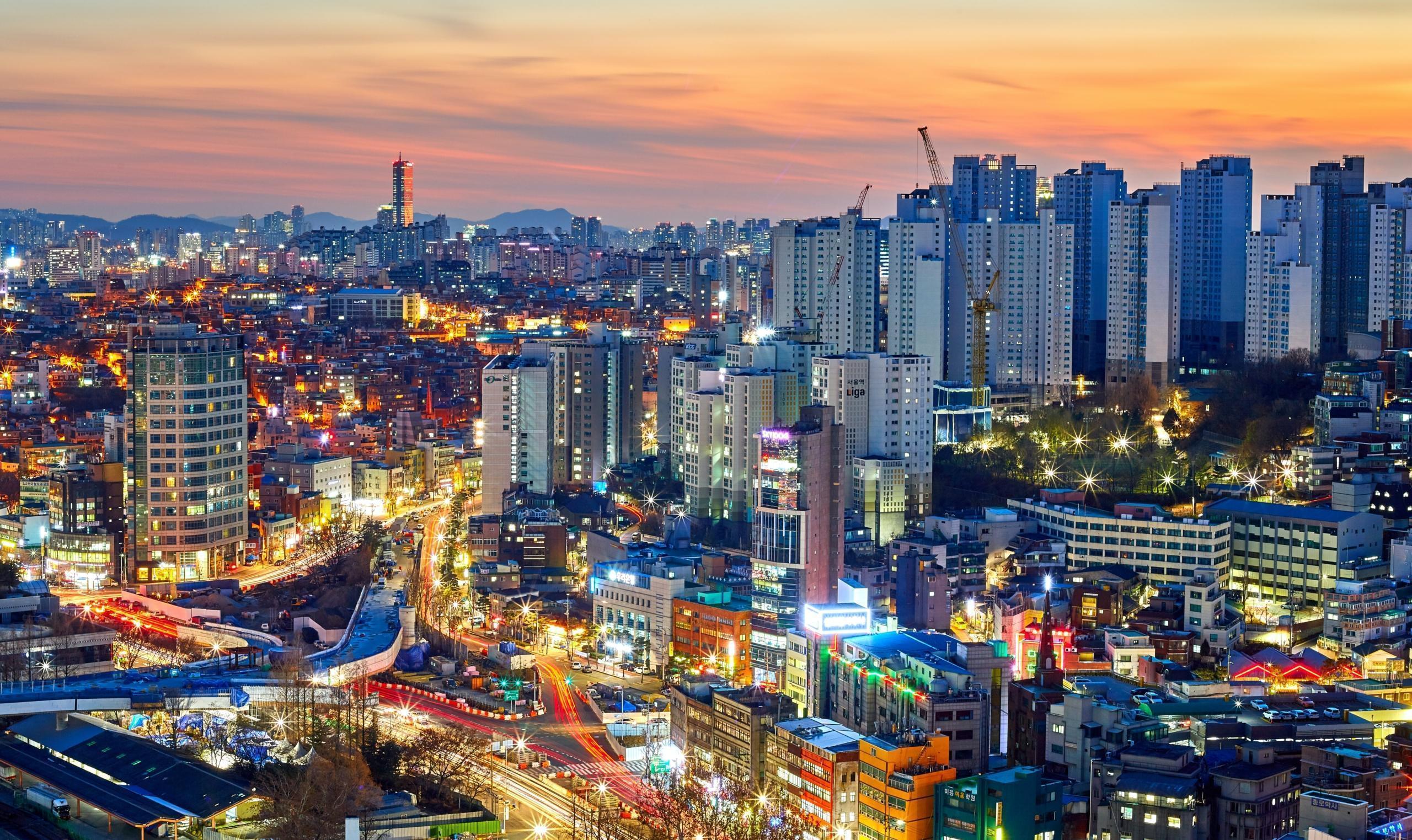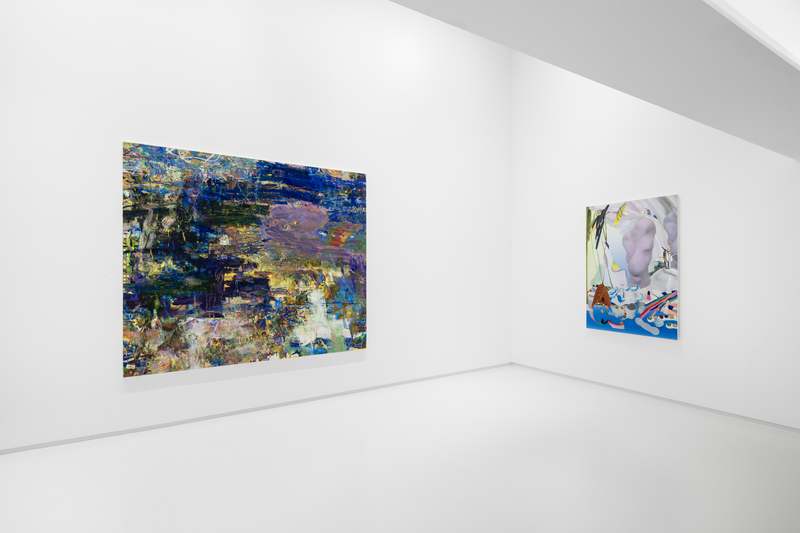As the global art market has shifted towards Asia, especially after the outbreak of COVID-19, global interest in the Korean art market has also been increasing.
 Seoul. Photo by Mathew Schwartz on Unsplash.
Seoul. Photo by Mathew Schwartz on Unsplash.In April, Berlin’s König Galerie closed its Japanese branch and opened a new space at MCM HAUS in Cheongdam-dong, Seoul.
In October, renowned European gallery Thaddaeus Ropac opened an outpost in Hannam-dong, and New York-based Gladstone Gallery announced that it will run an office in Gangnam-gu to participate in various art fairs in Asia.
Berlin-based Peres Projects has been participating in Art Busan, held in Korea’s second-largest city, since 2019 and joined KIAF Seoul for the first time this year. After getting fairly good results in both art fairs, the gallery decided to open a Seoul branch next year.
New York’s Two Palms, which also witnessed Korea’s potential as a growing art market at its participation in KIAF Seoul this year, reported that it too will open a branch in Seoul.

Exhibition view of "Georg Baselitz,: Hotel garni" at Thaddaeus Ropac Seoul. Photo by Aproject Company.
According to some Korean media outlets, Swiss-based multinational gallery Hauser & Wirth has been visiting Korea regularly to estimate the local market’s potential and has reportedly said that the gallery is considering opening a Seoul location.
Other international galleries, including the UK’s White Cube, Germany’s Esther Schipper, and Sprüth Magers, have been increasing their sales in the local market for the past three to four years by keeping locally engaged specialists.
 Pace Seoul. Photo by Aproject Company.
Pace Seoul. Photo by Aproject Company.Galleries with Korean branches that opened earlier have been experiencing steady sales growth and broadening their footprints by expanding their facilities. Pace, which opened a Seoul branch in early 2017, moved to a four-times larger building in Hannam-dong last May, and Lehmann Maupin, which first nestled in Jongno district in late 2017, announced that it will also move to a larger place in the Hannam-dong area next spring.
One of the main factors in the Korean art market that could appeal to international galleries is its relatively stable environment.
The country’s current political situation is relatively stable compared to some other Asian countries. While its economic, cultural, and social infrastructure ensures sustainable growth, the recent surge in the Korean arts and cultural industry has also enhanced international recognition of the country.
For galleries entering Seoul, the city also has some advantages for running a space. Seoul is relatively affordable compared to some other metropolises. With lower rents and prices, it is easier for dealers to open a space in the city. And from a tax point of view, Korea does not levy import duty on art, and there is no sales tax on items under 60 million KRW (about $55,000) or on artworks by living artists.
 Seoul. Photo by joongil Lee on Unsplash.
Seoul. Photo by joongil Lee on Unsplash.Although South Korea’s share of the global art market is small, its influence has been growing as domestic art fairs and art auctions have shown a series of sales records throughout this year.
Korea’s largest art fair, KIAF Seoul, reportedly achieved the highest record of all Korean art fairs of 65 billion KRW ($55 million) last October. Domestic art auction sales reached 296.8 billion KRW($251 million) as of November, and by the end of the year, they are expected to come between 328 billion KRW and 340 billion KRW, three times last year’s total, according to K-ARTMARKET, a Korean art market information system.
Some market players have even predicted that the Korean art market will reach 1 trillion KRW ($846 million) this year.

Art Busan 2021. Photo by Art Busan.
The local art market is still mainly influenced by a limited number of mega-collectors and large art museums, while most of the collectors generally gravitate toward paintings.
However, the recent influx of young art collectors such as the MZ generation has broadened the collector base, and demand for various genres such as digital art, photography, and installation has also been increasing, albeit slowly, after the industry was partly forced to turn digital after the worldwide lockdowns due to the COVID-19 pandemic.
Some dealers say that compared to China, Korean collectors usually have a broader taste in collecting artworks made by artists of various backgrounds, which is another positive potential of the market.
However, experts also add that in order for the domestic art market to grow further from here, it is important to find ways to increase the demand for contemporary art and to develop a market structure that works along with the international system.
References
- The Art Newspaper, Korean wave: could Seoul become the art capital of Asia?, 2021.10.15
- ARTnews, The New Art Hotspot in Asia: Seoul’s Fast-Rising Scene Is Attracting International Attention, 2021.06.08
- 뉴시스, [미술시장 역대급 호황②] 2040 구매력에 깜짝…해외 갤러리들 서울로 확장세, 2021.12.04
- K-ARTMARKET, 2021년 11월 기준 한국 미술품 경매시장 결산, 2021.12.03
- 서울경제, 닷새간 650억 팔아치운 키아프서울···’亞 미술시장 허브’ 큰그림 그린다, 2021.10.17
- 매일경제, 6시간만에 350억 팔려…서울 아트페어도 오픈런, 2021.10.14























